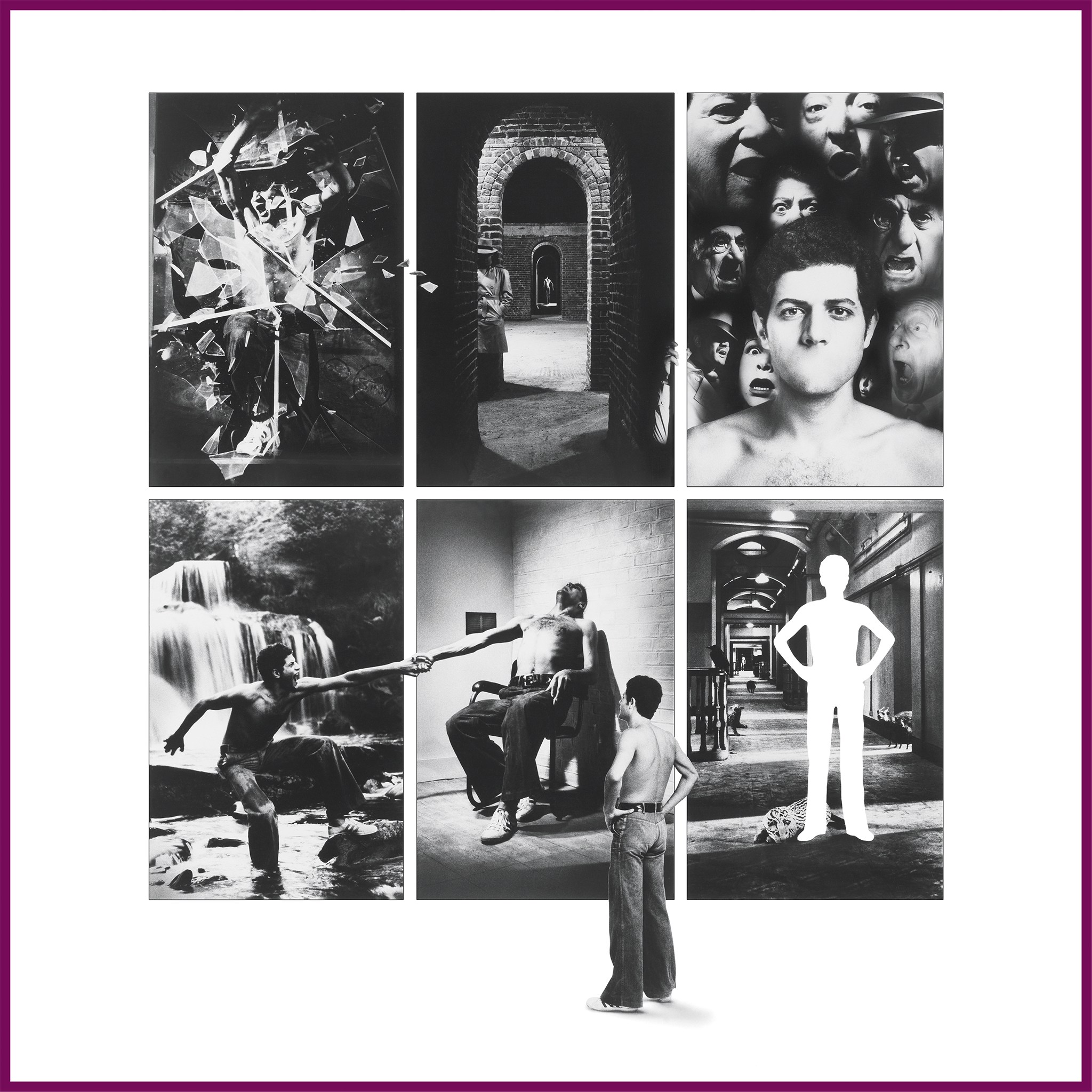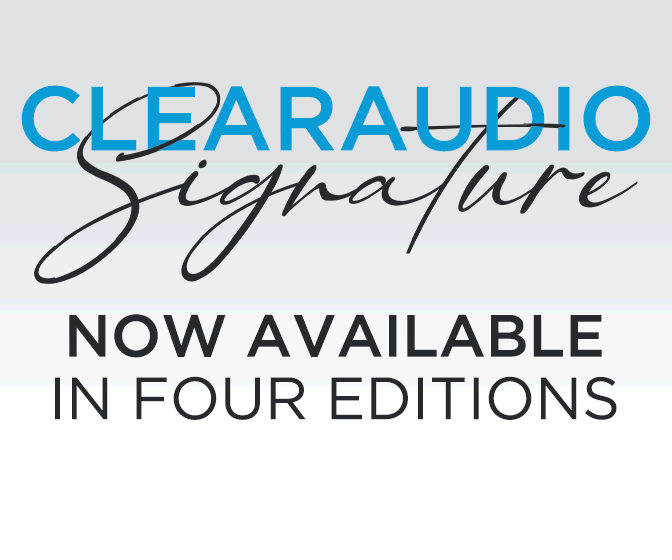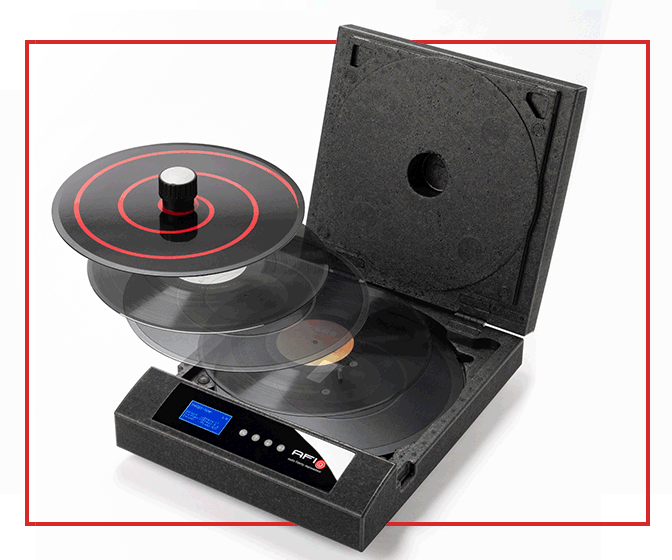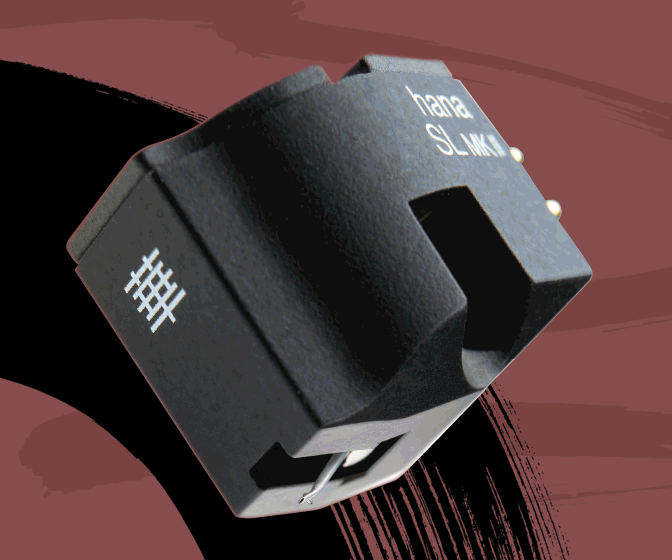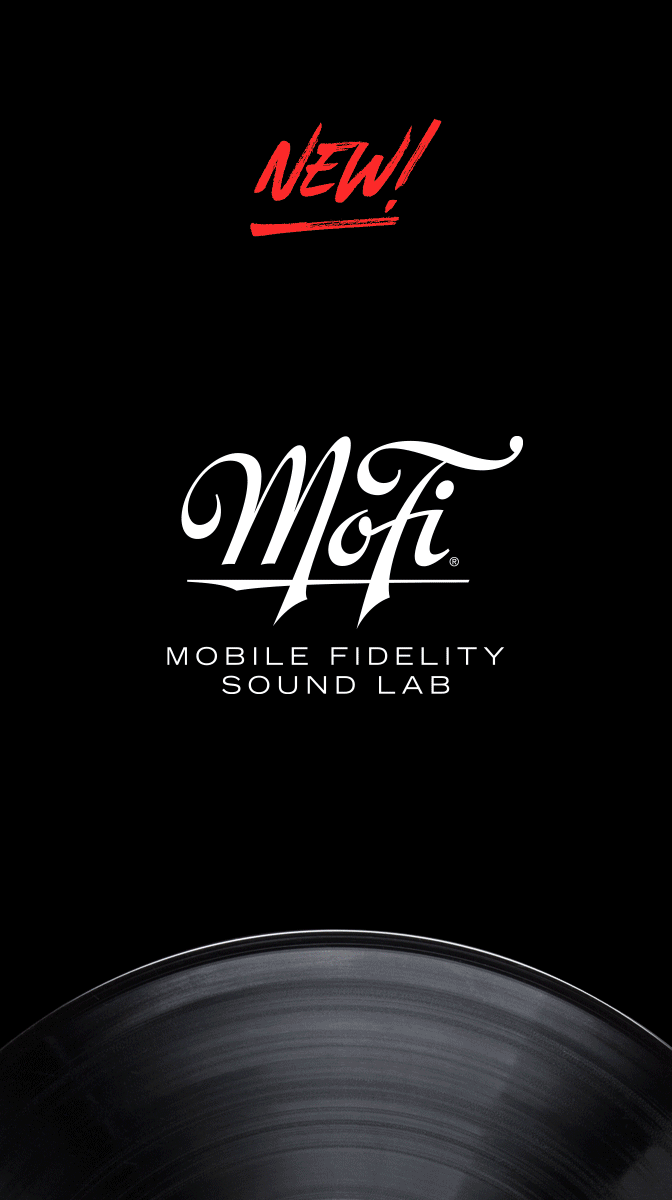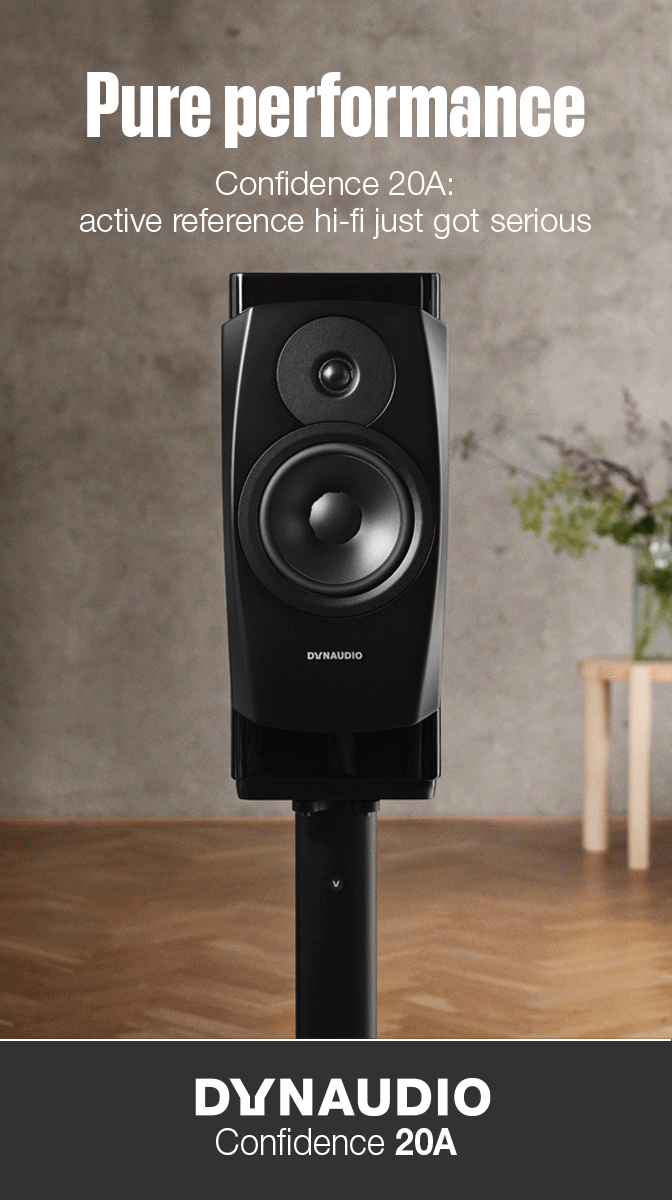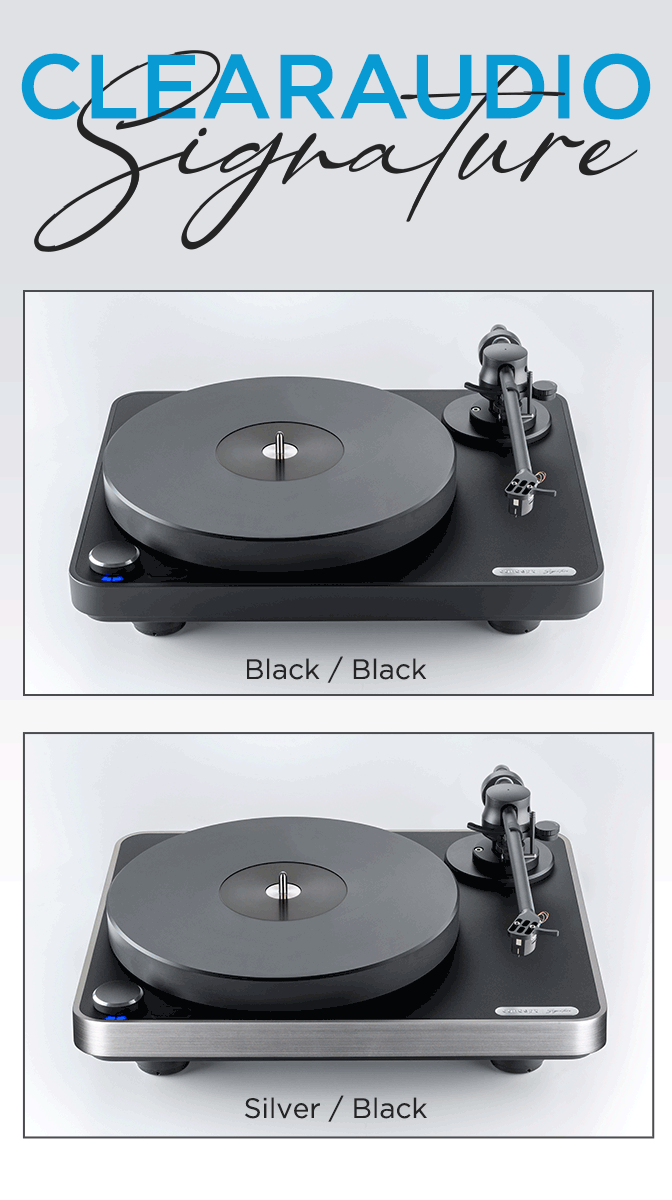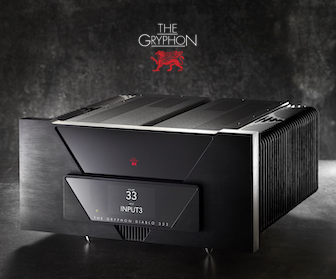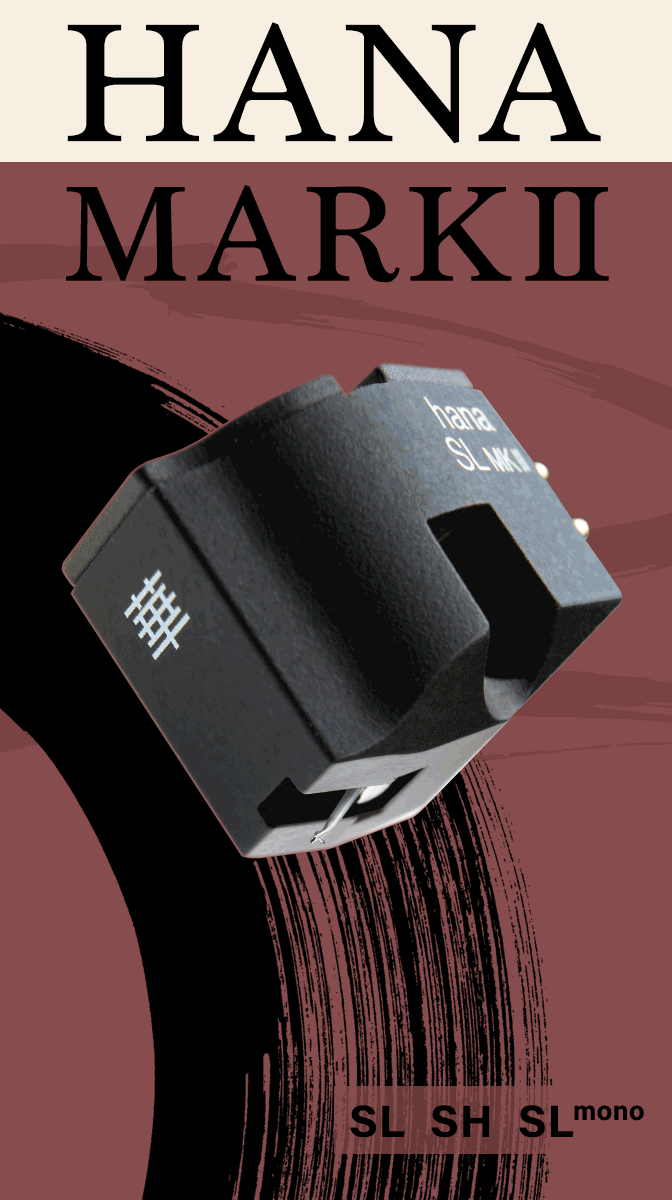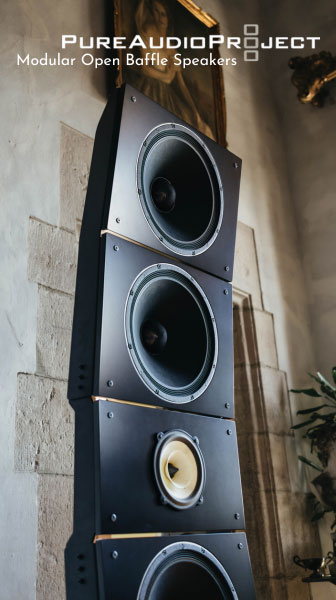The Lamb STILL Lies Down on Broadway
Rael’s story gets retold for its 50th anniversary
By 1974, Genesis was on its way from being lauded an underground cult favorite to an entity with commercial potential within the English progressive rock scene. Selling England By The Pound peaked at No. 3 in the UK album charts, and it spawned their first minor hit, “I Know What I Like (In Your Wardrobe).” In a concert setting, frontman Peter Gabriel became the group’s central figure, captivating audiences with an abundance of costumes and headdresses that elaborated Genesis’ narrative-driven material. Gabriel would assert his creative dominance further on the group’s next project.
.jpg)
It would’ve made sense for Genesis to further build commercial popularity after earning its first Top 5 album and Top 20 single. Instead, the group defied safe approaches and jumped into the deep end with a double concept album entitled The Lamb Lies Down on Broadway. Its storyline revolves around Rael, a Puerto Rican youth who undergoes a series of bizarre and surreal experiences on a spiritual journey through self-discovery. Peter Gabriel’s stance on stories not being written via committee led him to conceive the concept himself, drawing influences from John Bunyan’s Christian allegory, The Pilgrim’s Progress, and the Alejandro Jodorowsky film El Topo. He also became the album’s sole lyricist, countering Genesis’ democratic creative approach.
Genesis’ early lyrical work was fueled by fantasy imagery. In a move that went against the English culture of Selling England By The Pound, there is an undeniable American influence on The Lamb Lies Down on Broadway. The title track is far from pastoral, painting a picture of the hustle and bustle of midtown Manhattan. “Broadway Melody of 1974” and its references to serial killer Caryl Chessman, Vaudevillian and movie star Groucho Marx, and philosopher Marshall McLuhan, portray a demented vision of mid-1970s Americana. There are satirical stabs at the sexual revolution (“Counting Out Time”) and consumerism (“The Grand Parade of Lifeless Packaging”). The one lyrical thread that ties The Lamb to previous works is the use of mythology, particularly depictions of Death on “Anyway” and the snake-like women of “The Lamia.” This differing shift in direction also reflects their decision to use a Hipgnosis designed monochromatic photographic cover.
.jpg)
The Lamb Lies Down on Broadway was ambitious on vinyl, and live on stage flourished into a theatrical extravaganza. Genesis dared to commit career suicide by performing in its entirety the then-unreleased album before an American audience, a boisterous move that’s deemed unheard of these days. Peter Gabriel assumed the role of Rael, cutting his hair and donning a greaser-like uniform. The stage show featured a triple-screen backdrop that displayed 1,500 photographic slides aligned with the storyline that infamously malfunctioning on all but five shows on the tour. It also featured some of Peter Gabriel’s most elaborate costumes. A conical cylinder decorated with snakes spun around him during “The Lamia,” with the microphone cable often getting stuck around the structure. Gabriel’s most notorious costume was during “The Colony of Slippermen,” where he would crawl out of an inflatable phallus wearing a grotesque outfit of lumps, struggling to get the microphone into the mask; a pure Spinal Tap moment.

The Lamb Lies Down on Broadway didn’t just raise the bar for progressive rock concept albums; it became a chapter closer in the book of Genesis. Peter Gabriel found himself at a crossroads during the writing sessions, yearning to collaborate with director William Friedkin and experiencing the traumatic birth of his first daughter. The lack of support and empathy from his bandmates, coupled with their annoyance at the attention directed towards Gabriel and his theatrics, created a source of friction and resentment between the two parties. Peter carried out the touring obligations for The Lamb before announcing his departure from Genesis in August 1975.
Band members were skeptical of The Lamb’s concept and Gabriel’s stage antics, yet in retrospect they held its musical contents in high regard. Keyboardist Tony Banks views the sudden instrumental bang on “Fly on a Windshield” as ‘the single best moment in Genesis’ history.’ Drummer Phil Collins described the band’s performances on the album as ‘the best we’d ever been on a record.’ “In The Cage” and “Carpet Crawlers” are the few tracks that work outside of the conceptual context of the album, becoming concert staples. This album’s 50th anniversary marks the first time a Genesis album has been given its own super deluxe edition.
Packaged in a box bordered with royal purple, the combined elements of the original front and back design give The Lamb Lies Down on Broadway a fresh, up-to-date look for a 50th anniversary commemoration. While the original album jacket is faithfully replicated, the specifically designed tri-fold jacket for the Shrine Auditorium show is a collage of live shots and slides from the stage show. A fold-out folio houses the Blu-ray disc and all the typical replicated trinkets one always expects in a box set: poster, tour programme, and a ticket stub doubling as a download card. The 60-page softcover book features an insightful essay by Alexis Petridis and a plethora of classic and unseen photographs.
Music

Sound

The first two LPs are the original album. Its original mix became superseded by Nick Davis’ 2008 stereo remix, and this is the first time in 30 years, aside from the audiophile-targeted pressings by Classic Records and Analogue Productions, that the original mix has been remastered. Mike Rutherford’s bass and Phil Collins’ kick drum are propelled to levels of acing precision, their respective sonic personalities cutting through with varying tonalities. There are occurrences on “Fly on a Windshield” and “The Chamber of 32 Doors” where Tony Banks’ Mellotron and Rutherford’s Taurus pedals command heavy degrees of power. “Carpet Crawlers” is the most instrumentally rich track, where Banks’ RMI electric piano sounds spatial, and is complemented by Peter Gabriel’s intimate vocal delivery. Moments where tracks reach incredible dynamic peaks on “Back in NYC” and “The Lamia” are sonically crushed by ill-suited compression. All in all though, it's a delightfully warm-sounding mastering.
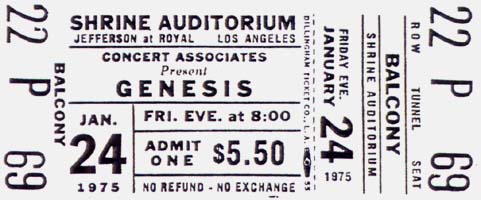
The next three LPs consist of The Lamb Lies Down on Broadway, performed in its entirety at the Shrine Auditorium in Los Angeles on January 24th, 1975. Originally recorded for the King Biscuit Flower Hour and heavily bootlegged for years, it was officially released on the out-of-print Genesis Archive 1967-75 box set from 1998, and that version appears on this box set. Purists deem the 1998 version damaged by Peter Gabriel’s choice to re-record some of his pitchy/obscured vocals. Guitarist Steve Hackett, who was recovering from a hand injury when the show took place, also went back and corrected some parts from the original recording that weren’t deemed satisfactory. New bits aside, it’s a weird mashup considering the acoustic guitar introduction of “Hairless Heart” and the instrumental backing of “it” are lifted from The Lamb studio multitracks.
What makes this version unique is the inclusion of the show’s encore, long-time stage favorites “Watcher of the Skies” and “The Musical Box.” These tracks, newly mixed by Stephen W. Tayler with no touchups, sound incredibly loose and lively. Revisiting the Shrine Auditorium multitracks was a missed opportunity to present the show as a historical document rather than rehashing spit-polished perfectionism. Nonetheless, the band sounds as incredible as they do on the original studio album. Gabriel makes the conceptual experience more digestible by explaining the story in between songs, and Hackett’s guitar work is more forward in the mix. It’s criminal that a full video document of The Lamb stage show doesn’t exist, but this live recording makes up for the deficit one way or another.
It’s worth mentioning that the un-doctored recording can be streamed via Wolfgang’s Vault.

A code on the back of the replica ticket enables consumers to access high-resolution downloads of both the album and Shrine Auditorium show, along with bonus demos from the Headley Grange writing sessions. Though their sound quality is more amateurish and rough-sounding, these recordings offer an insightful portal into how the material on The Lamb morphed from its original form. It’s fascinating to hear a different melody to Gabriel’s guide vocal on the title track, and how Banks’ piano melody on the introduction of “The Lamia” could’ve belonged to the middle section of “The Chamber of 32 Doors.” The 14 minutes of demo material featured in this set are a measly sampler compared to the feast of over 7 hours worth that circulates in bootleg circles. Labels are slowly starting to embrace including ‘amateur-sounding’ recordings in archival box sets, and had more been included, this portion could’ve been a fun deep-dive.
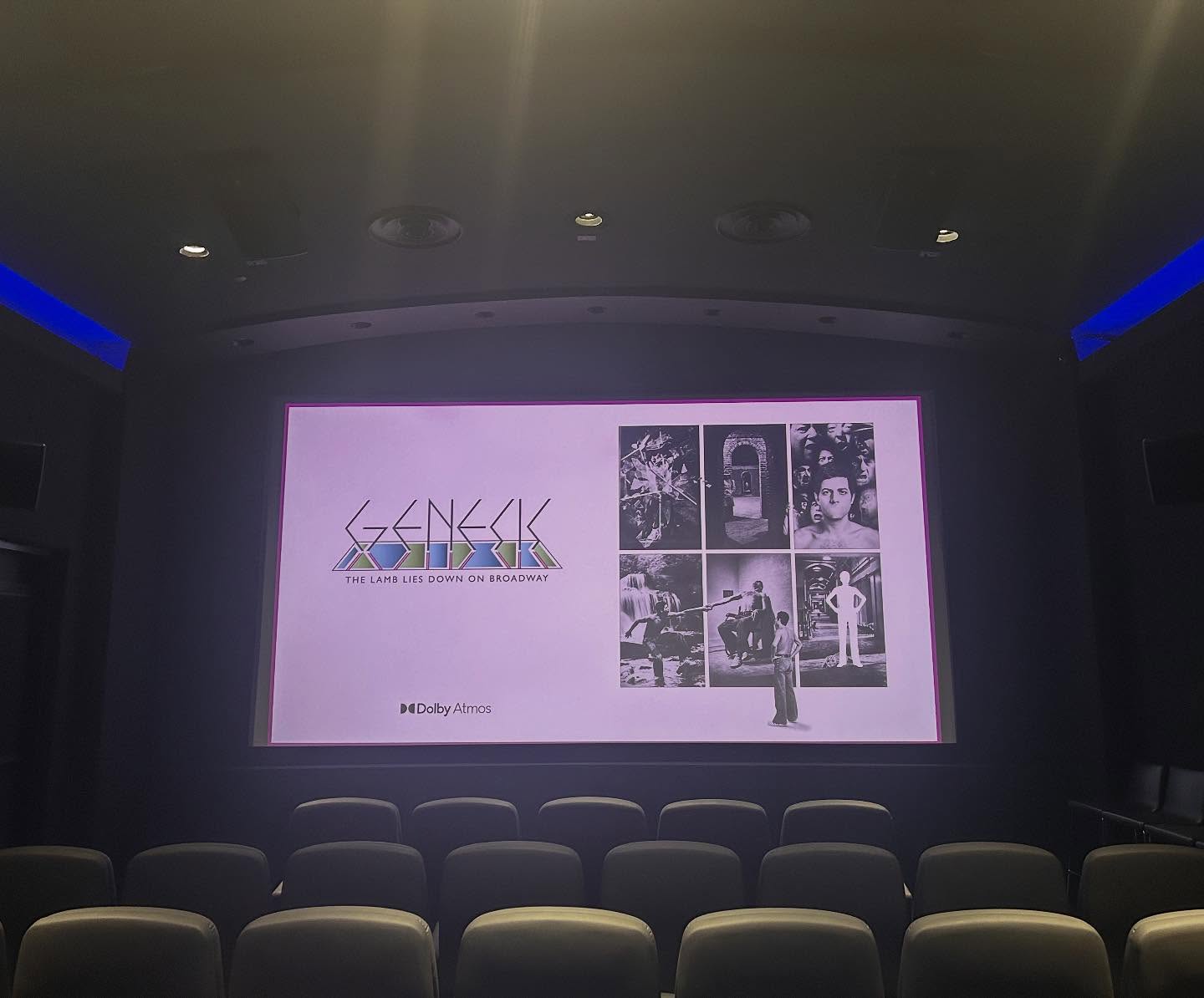
I reviewed the Atmos mix via a listening session at the Dolby Screening Room in NYC.
A newly prepared Dolby Atmos mix of The Lamb Lies Down on Broadway by Bob Mackenzie is included on the Blu-ray disc. Most of the album follows a loose template, putting Peter Gabriel’s vocals in the center alongside Mike Rutherford’s bass and Phil Collins’ drums. Steve Hackett’s guitars and Tony Banks’ keyboards often reside in the side and rear channels. Whether it's the gothic Mellotrons of “Fly on a Windshield” or the stinging guitars on “Broadway Melody of 1974,” some core instrumentation pipes through in the overheads for dramatic effect. Playful panning is utilized during the ‘keep on turning’ segment of “In The Cage", spinning the band around, while the creepily characterized vocals on “The Colony of Slippermen,” float behind the listener’s perspective.
The album’s pure instrumental tracks are, in a word, ATMOSpheric. A track like “The Waiting Room,” Genesis’ exploration into soundscaping, is perfect for the Atmos format, where a barrage of bells and other unworldly sounds travel around the speakers. The guitar ebbs and flows amidst washes of the Mellotron’s choral preset from the rear speakers, making “Silent Sorrow in Empty Boats” a pure moment of serenity. Oceanic sound submerges the listener on “Ravine,” leaving Rutherford’s 12-string strumming to faintly emerge from the overheads.

Most Blu-rays included in these types of super deluxe editions are mostly audio-driven, but The Lamb Lies Down on Broadway’s cinematic aura thrives on more than just the music. The Blu-ray’s sole demerit is the omission of the recreated projection slides from the stage show, augmented by photos and fan-shot concert footage. This accompanies Nick Davis’ 5.1 mix of The Lamb, as found on the Genesis 1970-1975 box set from 2008. Incorporating this visual component would’ve made listening to the Dolby Atmos mix a more immersive experience than staring at the Blu-ray’s unimaginatively plain menu.
The 50th anniversary box set of The Lamb Lies Down on Broadway is a modest start to what many will hope to be a series of future Genesis SDEs to come in the near future. It’s a means of revisiting some of the most adventurous music in the history of progressive rock that should never be forgotten.
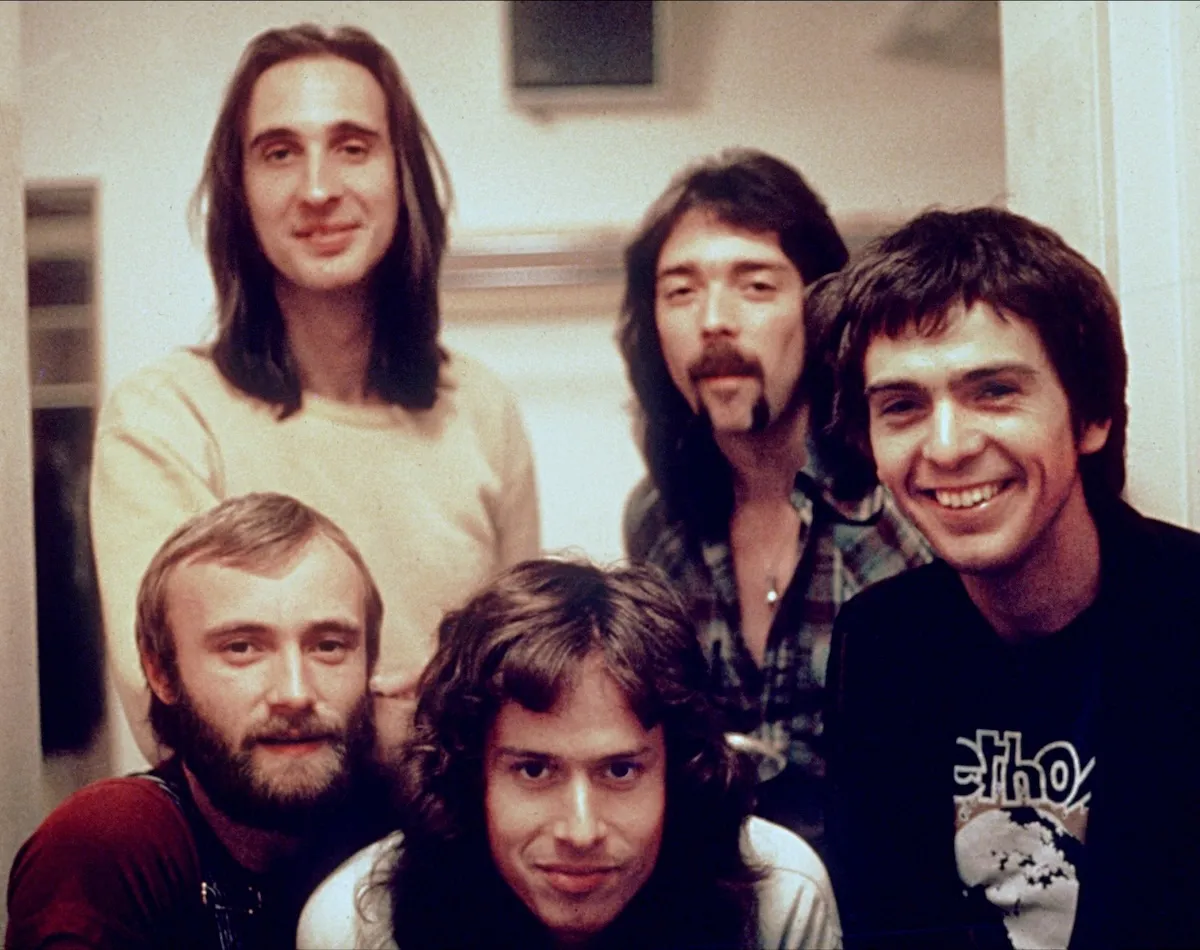 MUSIC SPECIFICATIONS
MUSIC SPECIFICATIONS
Label: Atlantic/Craft Recordings/Rhino
Catalog No.: R1 727105 / 603497820672
Pressing Plant: Memphis Record Pressing (MRP)
Speed/RPM: 33rpm
Weight: 180g
Size: 12”
Channels: Stereo & Dolby Atmos
Presentation: Multi LP + Blu-ray


